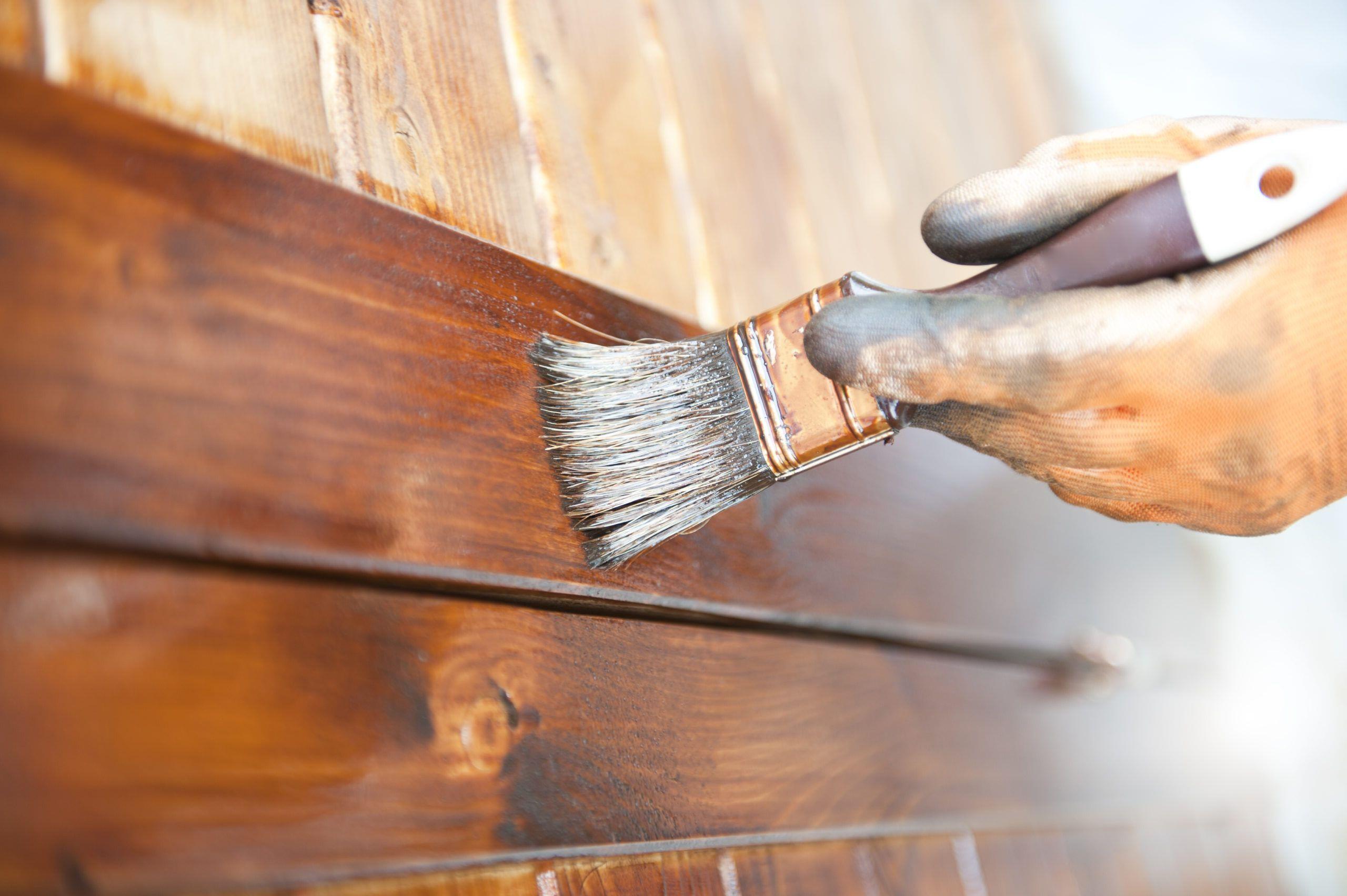
What is varnish? Varnish is a clear, hard, protective finish or film primarily used in wood finishing. It consists of a resin, a drying oil, and a thinner or solvent. When applied, it forms a durable, glossy surface that enhances the natural beauty of wood while protecting it from moisture, heat, and wear. Unlike paint, varnish doesn't hide the wood grain but highlights it, making it a popular choice for furniture, floors, and musical instruments. Why is varnish important? It not only adds aesthetic appeal but also extends the life of wooden items by shielding them from environmental damage. Whether you're a DIY enthusiast or a professional woodworker, understanding varnish can help you make informed decisions for your projects.
What is Varnish?
Varnish is a clear, hard, protective finish or film primarily used in wood finishing. It not only enhances the natural beauty of wood but also provides a durable surface. Here are some fascinating facts about varnish:
-
Varnish has been used for centuries, dating back to ancient Egypt, where it was applied to wooden artifacts to preserve them.
-
The word "varnish" comes from the Latin word "vernix," which means "odorous resin."
-
Traditional varnish is made from a combination of resin, drying oil, and a solvent or thinner.
-
Varnish can be either oil-based or water-based, with oil-based varnishes being more durable but taking longer to dry.
-
Water-based varnishes are popular for their quick drying time and low odor, making them more user-friendly for indoor projects.
Types of Varnish
Different types of varnish are available, each with unique properties and uses. Understanding these can help you choose the right one for your project.
-
Polyurethane varnish is known for its toughness and resistance to water, chemicals, and abrasion, making it ideal for high-traffic areas.
-
Spar varnish, also known as marine varnish, is designed for outdoor use and provides excellent protection against UV rays and moisture.
-
Alkyd varnish is a synthetic resin varnish that offers good durability and flexibility, often used in furniture and cabinetry.
-
Acrylic varnish is a water-based option that dries quickly and is less toxic, suitable for art projects and indoor woodwork.
-
Shellac, although not a true varnish, is often used as a finishing product due to its glossy finish and ease of application.
Application and Techniques
Applying varnish correctly is crucial for achieving a smooth, durable finish. Here are some tips and techniques to consider:
-
Always sand the wood surface before applying varnish to ensure a smooth, even finish.
-
Use a high-quality brush or foam applicator to apply varnish, as cheap brushes can leave streaks and bristles behind.
-
Apply varnish in thin, even coats, allowing each coat to dry completely before applying the next one.
-
Sand lightly between coats with fine-grit sandpaper to remove any imperfections and ensure a smooth finish.
-
For the best results, apply varnish in a dust-free environment to prevent particles from settling on the wet surface.
Benefits of Using Varnish
Varnish offers numerous benefits that make it a popular choice for wood finishing. Here are some key advantages:
-
Varnish enhances the natural beauty of wood by bringing out its grain and color.
-
It provides a durable, protective layer that helps prevent scratches, dents, and other damage.
-
Varnish is resistant to water, making it ideal for use on surfaces that may be exposed to moisture.
-
It can be used on a variety of wood types, including hardwoods and softwoods.
-
Varnish can be tinted with colorants to achieve a desired hue while still allowing the wood grain to show through.
Varnish in Art and Craft
Varnish isn't just for wood finishing; it also plays a significant role in art and craft projects. Here are some interesting facts about its use in this field:
-
Artists use varnish to protect and enhance the appearance of their paintings, providing a glossy or matte finish.
-
Varnish can be used to seal and protect decoupage projects, giving them a professional look.
-
It is often applied to polymer clay creations to add shine and durability.
-
Varnish can be used on metal and other surfaces to provide a protective, decorative finish.
-
In the world of musical instruments, varnish is used to protect and enhance the sound quality of string instruments like violins and guitars.
Varnish Facts: The Final Brushstroke
Varnish, a fascinating substance, has a rich history and diverse uses. From protecting priceless artworks to enhancing the durability of wooden furniture, varnish plays a crucial role in preservation and aesthetics. It’s made from a mix of resin, drying oil, and a thinner or solvent. This combination creates a hard, protective finish that can be glossy or matte. Varnish isn’t just for wood; it’s also used on metal, paintings, and even some types of paper. Its ability to protect against moisture, UV rays, and wear makes it indispensable in many industries. Whether you’re a DIY enthusiast or a professional, understanding varnish can help you choose the right type for your projects. So next time you see a beautifully finished piece of furniture or a well-preserved painting, you’ll know a bit more about the magic behind its shine.
Was this page helpful?
Our commitment to delivering trustworthy and engaging content is at the heart of what we do. Each fact on our site is contributed by real users like you, bringing a wealth of diverse insights and information. To ensure the highest standards of accuracy and reliability, our dedicated editors meticulously review each submission. This process guarantees that the facts we share are not only fascinating but also credible. Trust in our commitment to quality and authenticity as you explore and learn with us.
